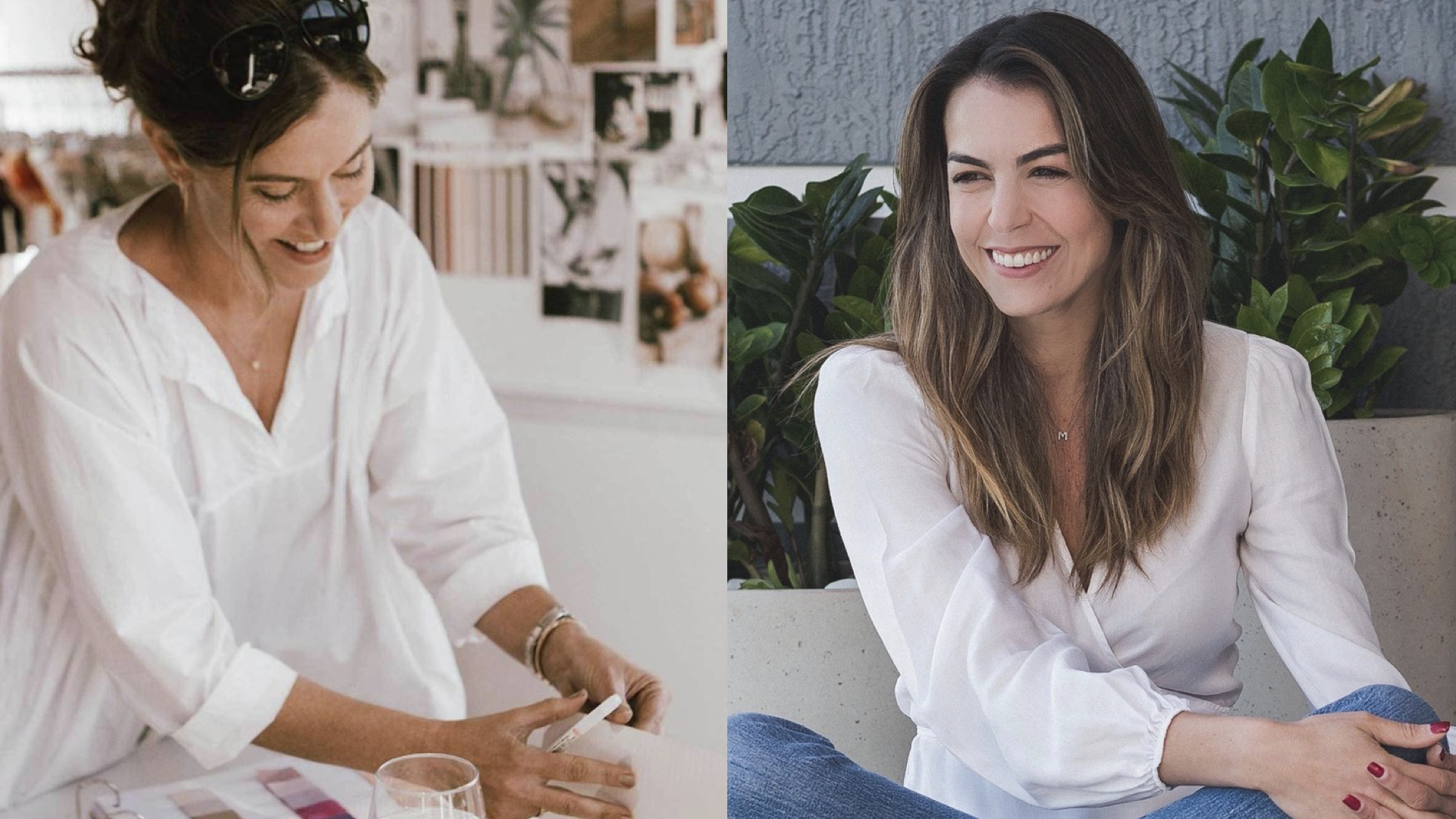
When we started our Instagram Live through Paraiso Miami Beach's page yesterday with Amahlia Stevens, the founder of Vitamin A, the first thing we noticed is the wonderful and calm energy she radiates with. At their school, Amahlia’s children are taught the importance of daily rhythm, the way to stay organized and focused throughout the day, something she personally finds very important. “I’m seeing how helpful it is for adults as well.,” she added at the beginning of the interview.
The talk was led by Gabriella Smith, the founder of the UpCycle Project. Her platform encourages creatives, designers and students to rethink the waste created by the fashion industry through re-using or ‘upcycling’ textiles and garments that would have otherwise been discarded.
Like Amahlia, Gabriella has been a strong advocate for sustainability and more ethical practices in the fashion industry.
Vitamin A's core belief is that style and substance can coexist. Amahlia was the first to introduce EcoLux, the premium swim fabric made from recycled nylon that combines sustainability and technology, and today, her vision became the industry standard.
GS: How are you balancing life at home with children and work?
AS: My husband is my savior and we take shifts! I have the morning with the kids, and he takes the afternoon. In between work, homeschool and housework it’s been really challenging. We wake up before the kids to have some personal time and that helps a lot.
GS: What is Vitamin A’s approach to adapting?
AS: Luckily, most of our team was working semi remotely so it was not that hard to adapt, and now Zoom meetings have become the new normal. The one thing that has been very different, are the fittings. We’ve been doing them virtually via Zoom. We have a model that worked with us for many years and is very experienced but the way of communicating now had to change and she does the pinning herself! Thankfully, it helps keeping the wheels going for everyone.
GS: How has your business fluctuated during the COVID-19 pandemic? Have you noticed any patterns?
AS: We are an established brand with a lot of retail partners all over the country and internationally and most of them were forced to close their stores. This was devastating for them and for us as well, with a lot of postponing and cancellations, it’s been hard for everybody. In general, we are trying to focus on our digital channels and partners, and we are adapting and shifting the way we create our content and communicating with our community has been the most important part.
GS: What is has been most challenging part of this situation?
AS: The most challenging for sure has been the financial aspect, like navigating the government loans. That’s been the biggest change! Our number one priority is taking care of our employees and keeping our self afloat. We are very grateful; our online community has been so supportive!

GS: What’s your approach to branding now?
AS: We are all about authenticity. With everyone being home and not running around, we see more interaction. A lot of our influencers are really stepping up and engaging with our community. We enjoy that aspect, people coming together more, which is funny to say at this moment.
GS: Do you see any permanent changes to Vitamin A’s concept with the coming on the other end of this?
AS: I think we all discover that we need a lot less than we thought so to get by. We are all about supporting and empowering women, caring for our planet and making innovative things that make people feel good!
GS: Do you think the people became more aware on the importance of sustainability going through all this?
AS: I hope so! There are so many people that are going through tremendous pain, however I also think there are interesting shifts in awareness. I’ve been reading a lot of articles that prove air pollution has dropped to decades-low levels. We all have this opportunity to see that governments can work together to solve a worldwide problem. Smaller organizations proved they can have an important impact as well. We are doing whatever we can to help people making masks at home, we donated 5 thousand yarns of already made bikini string!
GS: What do you think about moving a fashion trade schedule for two months?
AS: We don’t foresee that happening as normal this year, so we are working with different ideas for a virtual launch of the new collections. It’s going to take a while until people go back to normal, there will be a lot of adjusting.
GS: What do you think about the future of physical retail business?
AS: I do think it’s going to be hard, it was already difficult for some. I don’t think this is the end of brick and mortar retail. They will always be a place where people come for the in-person experiences. It will be harder for some to adapt, but supported by brands and their customers, hopefully they will rebound.
GS: Can you share some of your current perspective? What are we going to be wearing in 5 years?
AS: I hope we are all going to be wearing products made-out of recycled fibers, upcycle fabrics, and trims and organic cotton. We can’t keep on with all the pesticides and herbicides and just destroying everybody’s water ways and the soil. I hope in 5 years we become a more enlighten society. I hope this experience is make people slow down and look at the bigger picture. I’m grateful for my customers who are creating the demand for recycled and reducing the demand for new items made of petroleum-based nylon. The future I am foreseeing consists of everyone wearing beautiful swimsuits, but plant based.
GS: You are not only using conscious materials but also putting together amazing styles
AS: When I started the whole exploration over 10 year ago, researching how can I do this in swimwear, I met really big walls from the supply chain and the mills because there was “no market” for sustainable swim. However, I decided to invest in it and after a few years I was able to develop the product. Once I took them to the retailers all of them where very excited, with the color, shapes and styles but there was no interest for sustainable swim.
It was challenging, and I have to thank the women and girls who care about sustainability and bought our products. This was before e-commerce and Instagram and it was really challenging to communicate and share our story with our customers. It's been exciting that the market has really embraced it!
Many years ago, while working at Patagonia I was given the full education that every designer has to go through in the company. There, I learned about the life cycle and it’s not just about the product itself but about the process; how do you wash it, how often do you wash it, with which product, and at the end of the cycle what do you do with it?
GS: Any advice for students, emerging designers and fellow brand owners during this time?
AS: Get a partner who is into the business side so you can focus on the creative part. Embrace that partner that is devoted and can be a teammate.

